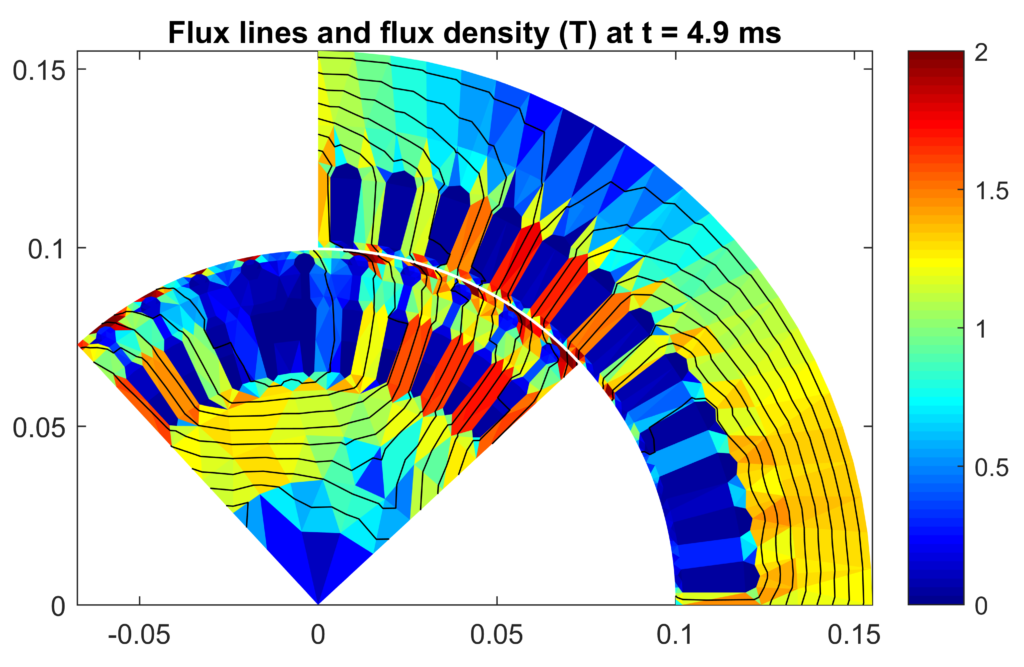What does your colleague mean by convergence, after all?
Convergence.
What an awesome sub-topic of numerical analysis, loved by all kinds of engineers and mathematicians alike. However, to turn convergence into confusion-ence, they often refer to different things using the same very word. Hopefully, this post will clear up some issues.
Make no mistake, convergence does refer to, well, convergence: something getting closer and closer to something else. Normally in the good sense. But again, devil is in the details, and below I have listed a total of 5 examples of said details.
Read, learn, and enjoy.
1. Mathematical convergence (in theory)
This is the most abstract one, and the one most rarely used by practice-oriented engineers. It refers to the properties of the mathematical model, or formulation, used to study a physical or mechanical problem. Like the vector potential formulation used in electromagnetics, or linear elasticity and mechanics.
Convergence here refers to the fact that the solution gets better as the mesh gets denser. Or rather, if the solution gets better. It does with the widely-used formulations, like the two examples mentioned above. But it’s a nice property of those formulations – not a universal fact.
Go and make a new mathematical model out of scratch. Chances are it won’t work – converge – especially if you’re dealing with a difficult area of study. Like flows of any kind, or the so-called mixed finite element formulations.
This type of convergence study is best left for mathematicians. Obtaining a converging model is generally difficult, and actually proving its convergence is a colossal pain in the ass. Scientifically speaking.
2. Mathematical convergence (in practice)
Alright, now you’ve got yourself a model proven to converge. All fine, right? Just refine your mesh a bit and you’ve got yourself a nice little accurate solution.
Not so fast.
The model might converge, alright. However, it might converge slowly, meaning you’d need a mightily dense mesh to obtain an accurate solution. And a quantum computer to run the model.
This is probably the most common type of convergence discussed by mechanical engineers. Different element types, contact problems, localized stresses – all can cast doubt on whether the solution is good, or if the mesh should be a bit denser after all.
Łukasz and Cyprien can teach you a lot more.

3. Convergence of nonlinear iterative solvers
Especially in magnetics, engineers and mathematicians alike deal with nonlinear material characteristics. Thanks to them, the problems are also nonlinear. Thus, they are usually solved with an iterative algorithm, such as the Newton’s method.

Thus, convergence here refers to the (Newton) iteration getting closer to the correct solution.
Or alternatively, to the ensuing frustration when it doesn’t.
It depends. Design engineers can normally trust the iteration converging, it just a matter of if they can spare the time to wait for it to do so. By contrast, people developing new material models also have to worry about how well their brainchild plays together with the old fella Newton.
4. Convergence of linear iterative solvers
This is a common issue in three-dimensional magnetics, for instance.
You probably know enough about numerics to know that almost regardless of the method used, a system of linear equations has to be solved in the end. A matrix equation, in other words.
Well, in 3D analysis, that problem is often so huge that solving it is a no small feat in itself. The good old Gaussian elimination cannot be used, mainly due to RAM restrictions.
Instead, an iterative algorithm has to be used. They are much less memory- and CPU-intensive, but also much less robust. Meaning they work exactly when it happens to please them.
Which is once in a blue moon, in my experience.
Long story short, this type of convergence means getting closer to the solution of the matrix equation.
5. A convergence event
From the Dead Space video game series.
Also known as ohsweetfuckno.
Avoid at all costs.

Conclusion
There you have it, the four most common types of convergence. Plus a shout-out to my fellow video game nerds. There’s bound to be at least a few reading this blog.
P.S.
I’m thinking of making a little free course or guide to the solvers used in FEA. Nothing fancy, just the basics to get you started. Something benefiting also people simply using a design software, i.e. no coding needed. Stay tuned for updates.
-Antti
Check out EMDtool - Electric Motor Design toolbox for Matlab.
Need help with electric motor design or design software? Let's get in touch - satisfaction guaranteed!
